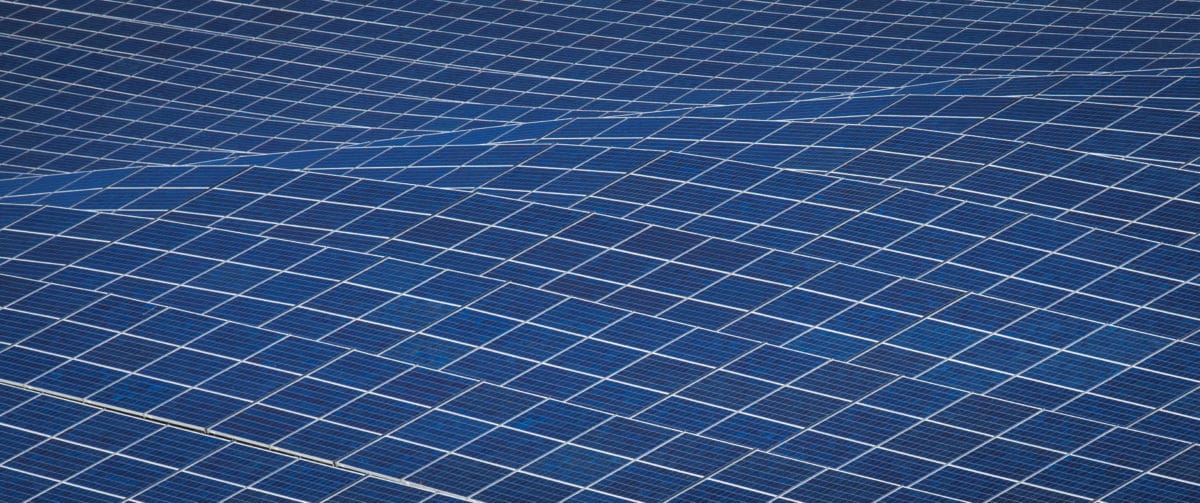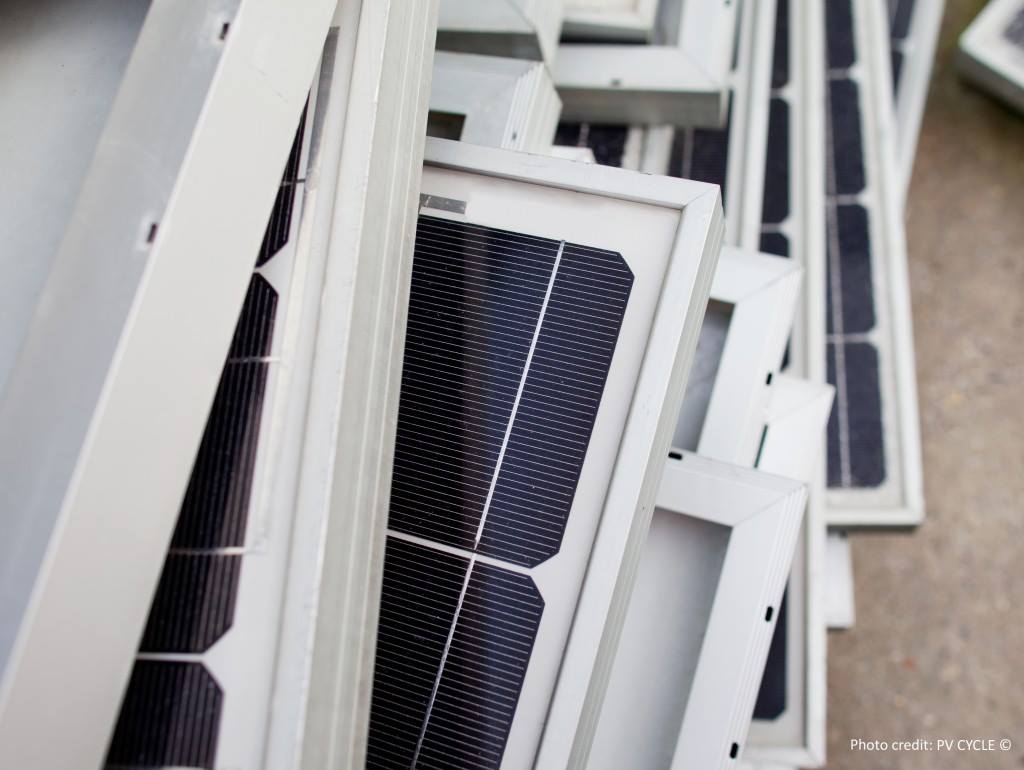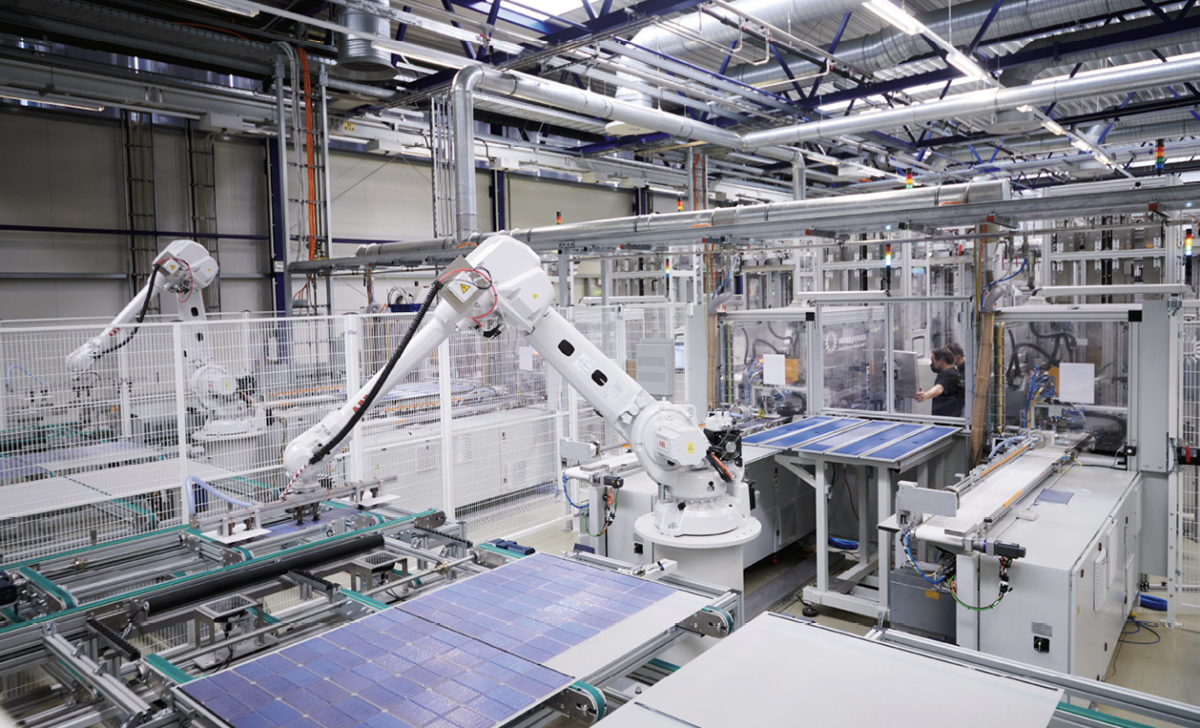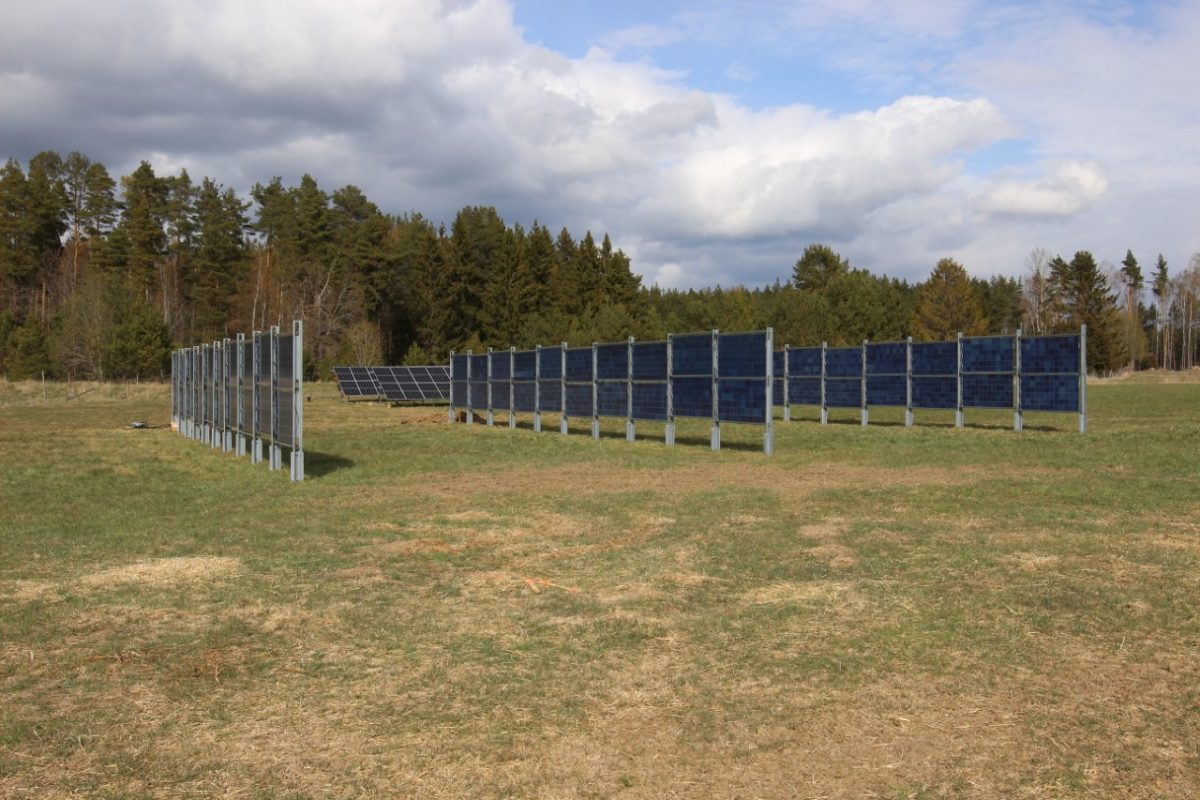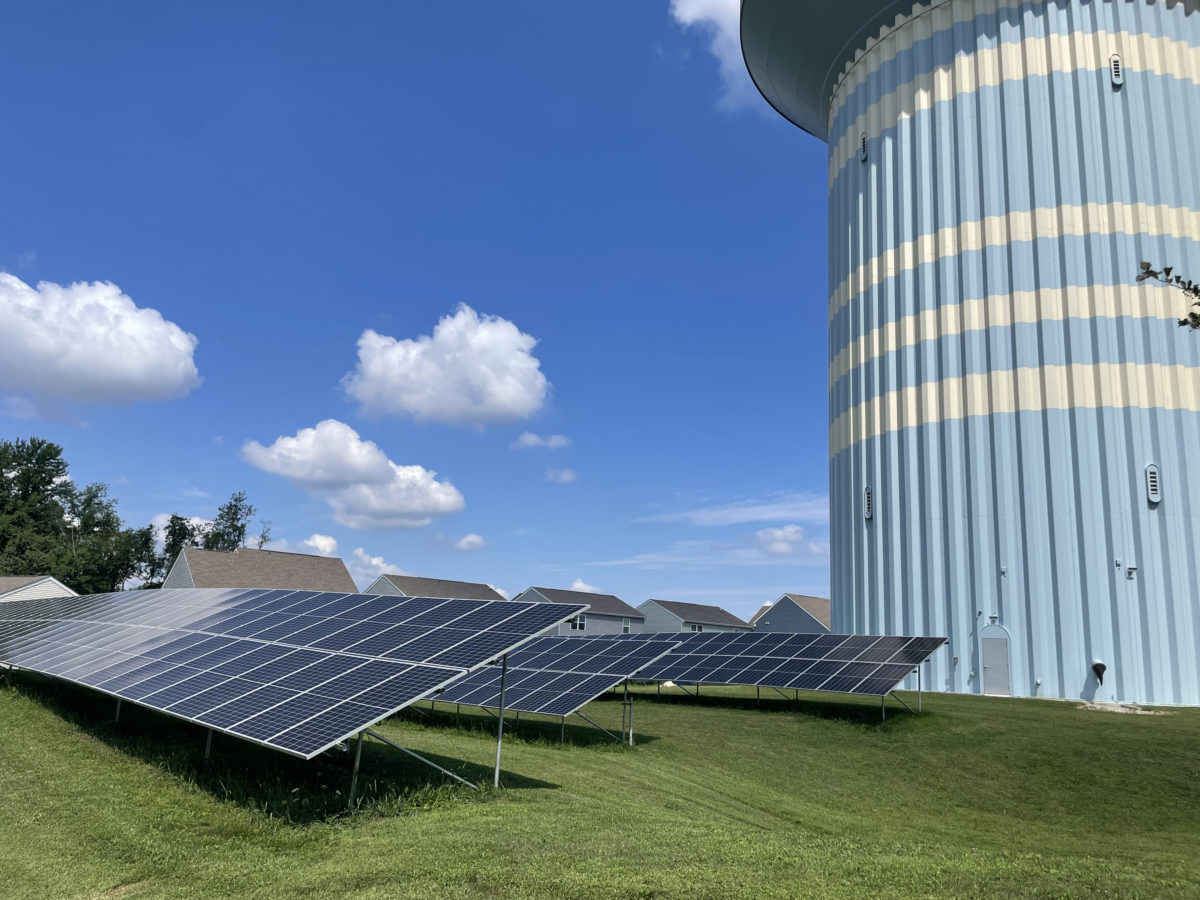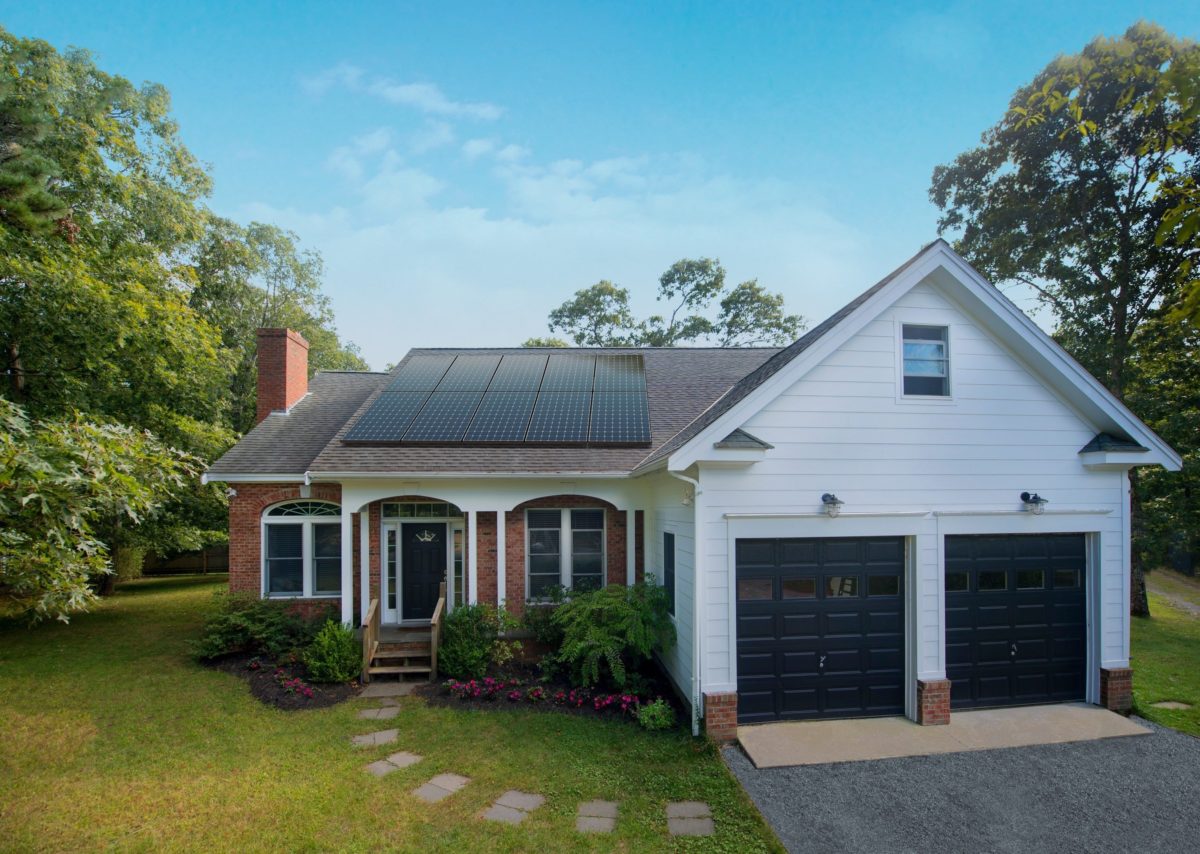
Rapid-deployment solar arrays cut energy cost up to 20%, says 5B
Australian company 5B has developed a hinged, folding solar array for ridiculously quick and easy installation at industrial scale. In May, 5B showed just how quick: a team of 10 covered the area of a soccer field with a 1.1-MW array in a single day.
Interesting that they set these up in an East West orientation.



